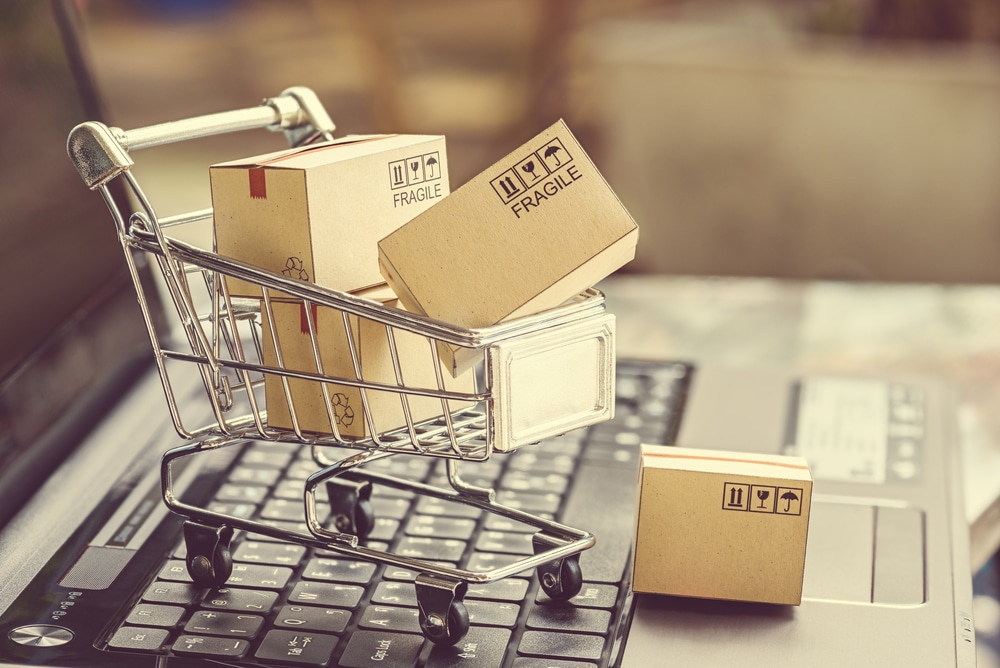Conversion marketing is a method used by a company that takes a consumer from the discovery of their product through the sales process. Continue reading “3 conversion marketing tips that will lead to increased online sales”
Category: Marketing
Tips for designing a product launch process for your CPG brand

Establishing the right product launch process is less about getting the product in front of everyone and more about connecting with the right consumers. Continue reading “Tips for designing a product launch process for your CPG brand”
3 in-store video marketing ideas to win consumers on their path to purchase

When using video marketing strategies in the shopping aisle, brands must straddle a fine line between aiding the consumer and disrupting them. Continue reading “3 in-store video marketing ideas to win consumers on their path to purchase”
Out of sight, out of mind: Three product positioning strategies designed to increase sales potential
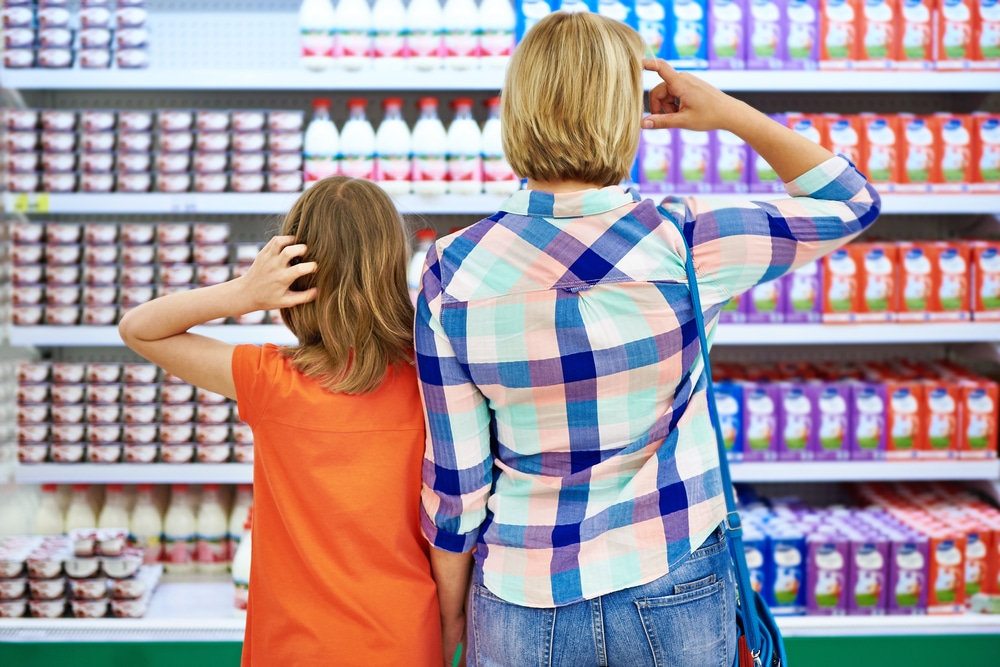
Digital product positioning strategies get consumers to approach the brand, rather than the other way around. Continue reading “Out of sight, out of mind: Three product positioning strategies designed to increase sales potential”
3 ways to leverage programmatic video advertising in your brand’s marketing plan
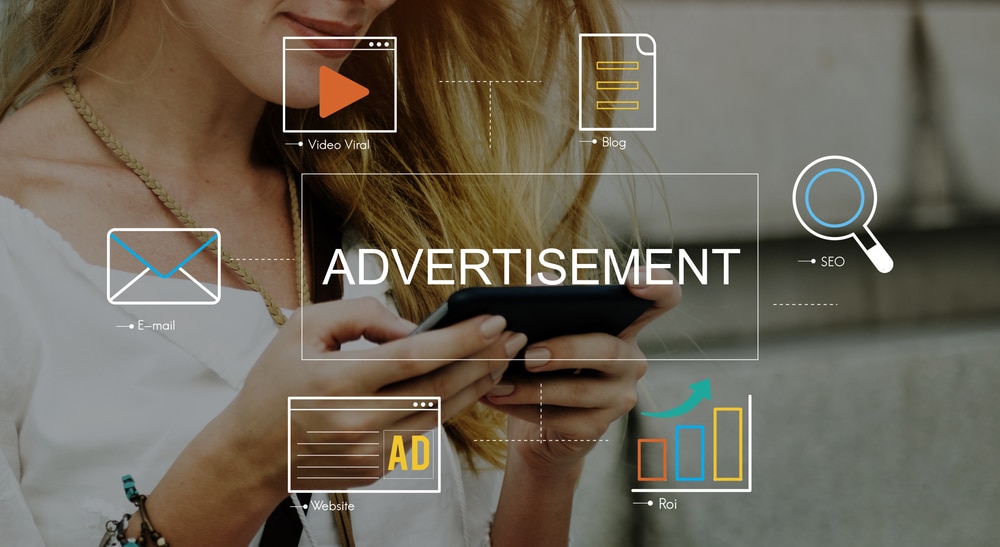
The mass scale of programmatic video advertising can be costly for brands as these ads are typically difficult to target. Continue reading “3 ways to leverage programmatic video advertising in your brand’s marketing plan”
Leveraging 2D image recognition technology in retail can lead to increased sales potential
Leveraging 2D image recognition technology in retail can lead to increased sales potential
Developments in artificial intelligence have led to a greater understanding of the potential of image recognition technology. Industry-wide, businesses are seeing the benefits this type of tech creates from supply chain management to brand growth strategies. While it’s still in its infancy, the potential impact of image recognition on the entire consumer buying process is limitless.
Image recognition shows strong potential to increase sales both in the shopping aisle and online. It offers a way for brands to connect with consumers through their phones’ cameras. It’s also a means of reducing the length of the purchase funnel to increase sales rates. Image recognition technology will become critical to marketers in the years to come as this type of innovation has the ability to impact an entire industry.
The Role of AI in Image Recognition
Image recognition processes run on data. A system must be able to review the various dimensions of an image, and then parse through millions of other photos to find a match. This technology must also understand the context in these photos; or in other words, why the consumer is searching. Artificial intelligence is a critical part of this process.
AI algorithms make it possible to review millions of images in an instant and select the most fitting result. This search process is evolving in the same way that search engines did. Before Google, consumers used web crawlers and other platforms to search based on keywords. However, these platforms worked strictly off flawed keyword systems. Posts with the highest count of a specific keyword were shown first—often with a heavy bias towards that individual crawlers’ sponsors.
Then, Google rolled out an algorithm that was designed not just to look for keywords, but to seek out quality. Using data from millions of existing searches, they found a way to give these keywords context and better understand not just what the consumers were searching for, but why they searched in the first place.
Image search is evolving similarly. In the earliest phase, image recognition was limited to finding only 100% identical pictures based strictly on pixels and size. Now, image searches have grown more sophisticated. For example, an individual can first submit an image taken with their phone. Next, the algorithm will seek out individual items found within that image and return with useful and informative product information on them.
Establishing Image Recognition as an Online Shopping Tool
Limiting purchase steps reduces cart abandonment. Amazon realized this when developing their “1-Click” ordering option, which proved very successful. Through this process, they were able to overcome common issues that lead to cart abandonment before purchase.
Excessive advertisements:
Pop up and banner ads cause 62% of consumers to have a lower opinion of a retailer as they believe this means the customer experience is not a priority. Consumers find ads that interrupt their purchases frustrating and unnecessary, leading to a common cause of cart abandonment.
Excessive form fills:
Having to fill out redundant information—whether it’s a matter of excess forms or system glitches—will cause 63% of consumers to abandon their carts when shopping via mobile. Requiring customers to fill out excessive information without offering an auto-fill option will cause them to search for products elsewhere.
Difficult navigation:
Site navigation remains one of the top causes of cart abandonment. Consumers can’t buy what they can’t find, and will leave a website quickly if they’re unable to easily navigate the site and select items freely.
These three reasons are the primary factors in why 70% of carts are abandoned before purchase, so retailers and brands need to consider ways to work around them; image recognition technology can help.
Snapchat shows us how image recognition can help overcome hurdles in online shopping. The image-based messaging platform recently partnered with Amazon to provide a more seamless shopping experience. Users of the platform can first take photos with their smartphones, and then use these photos to find similar items on Amazon. This process eliminates the conventional barriers in regular online shopping by factoring in three crucial steps.
Optimizing for mobile:
While Amazon makes use of banners and other sidebar advertisements, the mobile app streamlines the page to focus on the item the consumer searched for while minimizing ad space. Mobile optimization ensures that the product the consumer wants to find is front-and-center.
Auto-filling info:
Consumers can link their Snapchat to their Amazon account, meaning they will have all their information pre-filled and can quickly check-out via 1-Click or standard options.
Simplifying navigation:
Navigation is streamlined by putting the search in the consumer’s hands. All an individual must do is upload a single photo, and the system will find several matches that they can quickly browse and purchase.
Creating Better In-Store Experiences Through Camera-Based Mobile Apps
Consumers love taking pictures. Between Instagram and Facebook, they upload an estimated 445 million photos every single day. As consumers have shown their willingness to use their phone’s cameras, brands should seek out ways to leverage this. Image recognition technology can provide a medium for brands and retailers to deliver helpful and engaging experiences while consumers are in the store. The use of image recognition technology allows consumers to gain information about products, in addition to other incentives which may include:
Rewards points:
Shopkick offers kicks, or rewards points, to the consumers that use the app. By using their smartphones to scan and interact with items in the store, Shopkick users can collect rewards points and later redeem them for gift cards. This strategy acts as a way to engage consumers in the store and direct them to specific products.
Product details:
The ability to take an image of a product and gain information about it could be particularly useful for patrons with disabilities, especially those with mobility issues. These consumers could use a mobile app image recognition system to view product information up close, even when they can’t reach it. In this use, the product image would replace the barcode, making the label itself that product’s unique identifier that unlocks information like ingredients, prices, and expiration dates.
Price comparisons:
Using an image recognition program, consumers could take a photo of a product in the store and then gain information on similar products, as well as the costs and availability for that location and others.
Customer reviews:
Consumers trying something new may want to know how other consumers have enjoyed the product. Image recognition software can help them to locate customer reviews online, and to ultimately determine if that product is right for them.
Deals and events:
It’s possible to create deals and events around the image recognition technology consumers use in the store. A brand wanting to introduce a new product, for example, may notify consumers of a coupon or offer on that product when they upload a photo of it. This gamified experience can increase engagement and new product awareness, which will help improve its launch success potential.
The Growing Role of Image Recognition Technology in Retail and CPG
Often, retail marketing technology evolves from technology used to improve production and supply chain management. This was the case with barcodes, which were used for faster inventory management and customer checkout. However, over the years, barcodes expanded into the marketing category, as consumers began using them to participate in rewards programs or gain information in the store.
Image recognition technology is seeing the same evolution now. One of its earliest practical uses in retail occurred before products even hit store shelves. Visual pattern recognition, the precursor to image recognition, made it possible to quickly review massive amounts of freight for both quality and quantity. The system could also make recommendations to correct issues, essentially becoming quality control hubs in the shipping process. This type of technology has also been tested on store shelves to allow retailers to track products and determine if automatic reorders are necessary.
More innovations in image recognition technology are expected in the years to come, as many of these applications become consumer-facing. One unique use involved combining image recognition with other innovative systems to create checkout-free shopping. Amazon rolled out this type of arrangement with the Amazon Go store concept.
These convenience stores allow customers to select items off store shelves, place them in their cart, and simply leave when they’re finished shopping. The consumers pay through their Amazon app, meaning that they never have to wait in line or even take out their wallets. All of their purchases are tracked and managed through image recognition technology, artificial intelligence, and smart sensors. Amazon has had so much success with this concept that it’s reported they plan to open up to 3,000 stores by 2021.
Partnering for the Future of Image Recognition
Image recognition requires a lot of data which is why most brands and retailers use strategic partnerships to leverage it. These partnerships support everything from massive supply chain management programs to smaller-scale mobile app marketing campaigns. Brands will want to take advantage of this new technology as it continues to evolve, so this is the time to start seeking out partnerships. Third-party mobile apps can be an excellent place to begin testing this type of campaign, as they are scalable, easy to implement, and have existing audiences.
Creating proprietary apps around image recognition technology isn’t quite as easy as partnering, but this will change as technology improves. Already, several social media sites have developed tools for use with image recognition.
Image recognition technology is not just a new aspect of the retail industry. It’s poised to impact every segment of it, from supply chain to consumer purchase. The sales potential of this technology is almost infinite, as the consumer shopping experience both online and in the shopping aisle is simplified and improved. Third-party partnerships can offer an opportunity for brands who want to prepare for the future of shopping with image recognition.
3 holiday marketing strategies to increase sales this season
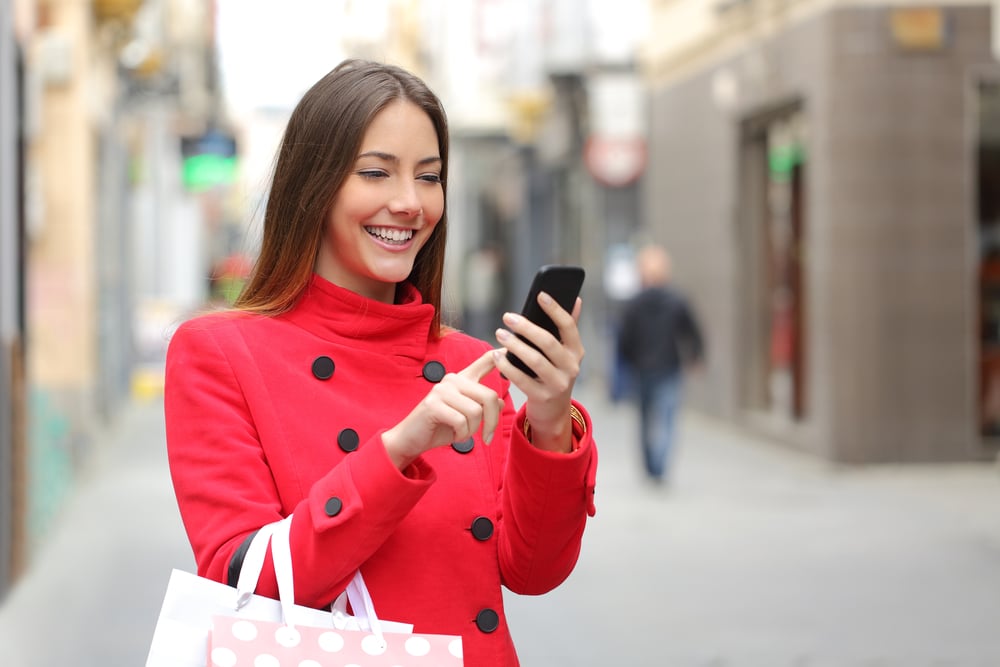
Holiday marketing strategies for 2018 should revolve around the technology consumers purchased at 2017’s end, as these new devices are speeding the consumer path to purchase. Continue reading “3 holiday marketing strategies to increase sales this season”
How your brand can leverage its influences on consumer behavior
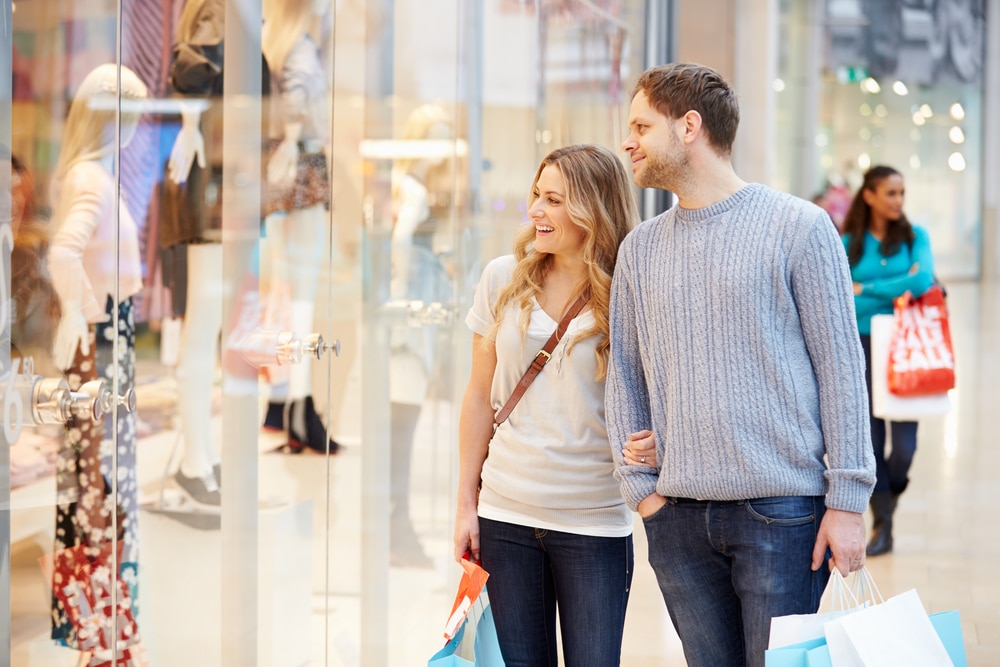
Internal and external influences on consumer behavior can completely shift their perception of a brand in an instant. Continue reading “How your brand can leverage its influences on consumer behavior”
Engaging customers in retail with video greetings can lead to better brand retention

Personalization is a significant factor in engaging customers in retail. Continue reading “Engaging customers in retail with video greetings can lead to better brand retention”
Video marketing strategies that use augmented reality in retail
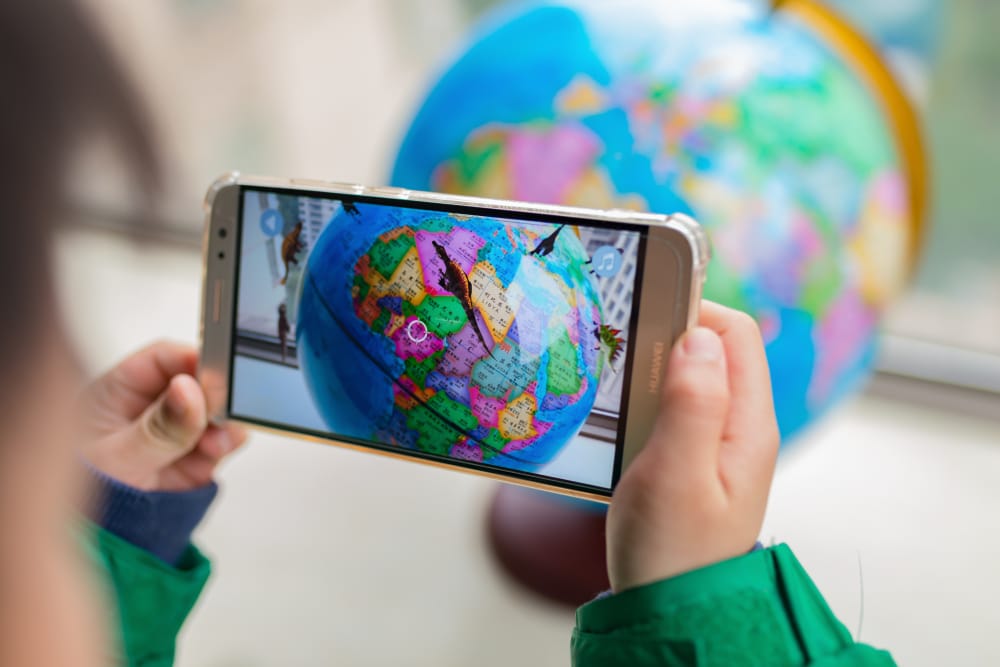
London’s National Theater recently made headlines for its new augmented reality (AR) glasses. Continue reading “Video marketing strategies that use augmented reality in retail”
6 effective year end marketing ideas that will catapult brand retention into the new year

6 effective year end marketing ideas that will catapult brand retention into the new year
However, this is also a time when brands are at risk of losing their loyal customers. The shift in buying behaviors creates opportunities for brands who want to pull market share from the competition. Most companies will recognize this opportunity to gain a competitive edge; meaning brands must carefully guard their existing market share even as they reach out to new audiences. Implementing engaging, year-end marketing ideas can help brands retain their existing customer base while also reaching new customers. One great way to connect with consumers during this time of year is to aim marketing efforts at the most popular New Year’s resolutions.
Year End Marketing Idea #1: Take a Health and Wellness Approach
Based on a survey of the top resolutions for last year, 37% of consumer’s set a goal to either eat better or get more exercise. This group is by far the biggest pool for brands to consider when it comes to marketing. Even brands that don’t offer items with a traditional health focus can instead target the tools consumers will use to measure their progress.
As of 2017, the global smart band market—which includes fitness and activity trackers–reached a volume of 43.6 million units shipped. Brands can take advantage of these popular wearable devices as a new medium for delivering marketing messages. Brands can partner with the developers who offer fitness tracking apps to provide sponsored content to users. They should consider adapting their messages to work around the use of these devices.
For example, a company that sells analgesic creams might target consumers who have muscle aches from their exercise regimen, while a beauty brand may focus on portable hygiene products that consumers can use in the locker room. The devices allow for in-the-moment-marketing, meaning that brands can connect with consumers as they’re near products. Marketing based on proximity improves the likelihood of sales exponentially. For these reasons, brands should consider looking into non-traditional marketing platforms like fitness trackers, for example, to connect with the pool of consumers looking after their health in the new year.
Year End Marketing Idea #2: Help Consumers Improve Their Finances
Consumers often focus on improving their finances at the close of the year, with this being the second most common New Year’s resolution for 2018. As they’re carefully tracking their spending, they may also look for ways to cash in on their savvy shopping habits. In this area, rewards programs and shopping apps can offer a significant benefit to brands.
Shopping apps work by incentivizing the consumer to interact with a brand’s products. Shopkick, as an example, rewards consumers with kicks when they scan the UPCs of specific items in the store. As the incentivization doesn’t require purchase, consumers are more likely to participate and engage with a brand or product. They can further increase their return by purchasing the product and scanning their receipt, which provides an additional incentive to buy if they’re on the fence.
Rewards programs like this offer a better return than simple discounts. Consumers often perceive the value of rewards points more highly than the actual face value, because they’re rewarded for making the purchase. Programs like these align with a consumer’s goals of improving finances, creating a foundation of trust. Brands that participate in these types of programs also gain the benefit of that increased trust, which can improve brand affinity. Through this strategy, brands can retain existing customers while also attracting new ones.
Year End Marketing Idea #3: Act as a Guide for Positive Changes
The third most common resolution amongst consumers is achieving better overall wellness. Wellness can include goals like getting more sleep, cutting back on drinking, or anything that combines health and peace of mind.
Brands should consider how their products promote wellness and then design a thought leadership campaign based on that. In this, written content can prove very fruitful. Brands should find the questions consumers ask about their personal wellness and find ways to answer them. Creating blog posts, infographics, videos and other media around that concept helps to guide consumers as they progress. This strategy leverages a type of value-added marketing that improves engagement with a brand and keeps customers loyal, and reinforces the consumer’s trust.
Content marketing can also guide consumers to a brand when they’re searching the web for information, as keyword-focused articles improve the brand’s visibility on search engines like Google. As most consumers typically stick to the search results they get on the first page, brands that can take those top spots will be in a strong position to reach them. This type of market strategy allows brands to expand their market share while also providing greater benefits to existing loyal consumers.
Year End Marketing Idea #4: Connect With Like-Minded Consumers via Social Media
Another significant resolution for potential consumers to make in the new year is to expand their social circle. In reaching this goal, many will turn to social media to connect with those who have similar interests. As more people join social media, brands should follow suit. By focusing on the sites that consumers use to connect with their social circles, brands can gain greater attention and improve the customer relationship. This strategy requires working with three different types of consumers on social media:
Micro-influencers:
Micro influencers may not be big-name celebrities, but they have a lot of clout in their own social circles. Brands should hold contests, encourage user-generated content, and offer rewards programs to attract these individuals. These relationships can be beneficial to brands as they don’t require a substantial initial investment, but the results pay ongoing dividends as the influencers share information about the brand with their friends, families, and co-workers.
Macro-influencers:
Macro-influencers often act as the middleman between brands and consumers. Again, these individuals may not have real-world celebrity status, but they usually have an impressive online fan base, with hundreds of thousands of followers. Typically, this following occurs on a few isolated platforms, so it’s good for seeking out niche markets. Often, macro-influencers will work with brands in the same way micro-influencers do, by participating in contests and providing content. In some cases, there may be an affiliate sales relationship that offers the influencer a financial incentive.
Mega-influencers:
While requirements vary, these individuals typically have at least 1 million followers across multiple platforms. They may have an existing celebrity status off the web, or they may be a well-known online personality. While these influencers have a lot of reach, they’re also costly to work with and typically do so under contract or through sponsorship deals. As such, brands should research those they intend on working with extensively to gain the best ROI.
Year End Marketing Idea #5: Target New Market Entrants With Personalization
Other goals that top the list of New Year’s resolutions are based around consumers learning new skills or seeking out different career options. Both of these goals involve making some significant life changes, which may put consumers in the market for items they’ve never purchased before.
Brands should evaluate ways to leverage this with their products. Consider a consumer who decides to take up hiking as part of their goal for the new year. While this individual will need the obvious gear, like boots, water bottles, and backpacks, they’ll also have an increased need for products like sunscreen, bug spray, baby wipes, and first-aid items.
Brands can use data from social media, third-party apps, and video platforms to discover prospects for products. They can leverage that data to craft personalized messages through advertising, email, and SMS messages to engage with these individuals. Personalization is a way to develop brand authenticity. Through it, brands create deeper connections with their existing fan base.
Personalization has a high impact on customer relationships, with 98% of marketers agreeing that these types of engagements help them move the customer through the path to purchase faster. As a result, it’s a strategy that lends itself to improving market share as well as retaining existing brand advocates.
Year End Marketing Idea #6: Using Location to Cater to the Resolution-Free
One of the most significant categories of those surveyed on their 2018 New Year’s resolutions was those who choose to go with no resolution at all. For some brands, this may create an opportunity to develop an anti-resolution campaign that focuses on fun, indulgence, and other “living in the moment” ideals.
Proximity marketing offers an opportunity in reaching these spontaneous consumers. Those in the food service industry who rely on drop-in visits, like QSRs, can use this to send messages to consumers about new offerings or events to celebrate the New Year. Consumers who still want to indulge represent a valuable market during this time of year, as restaurants lose the business of those changing their eating habits; focusing on more impulsive consumers helps make up for that loss. Brands can connect with these individuals as they’re traveling and may be more likely to drop in for a meal with location-based messaging.
This strategy can also work in the shopping aisle, for brands who want to highlight non-necessity products, like snack foods, cosmetics, and other items which are often the result of impulse buys. As the key to impulse buying is product placement, brands can use proximity- and location-based marketing options to guide consumers to these products in the store and increase the likelihood of purchase.
Leveraging consumers’ behaviors on mobile apps for retail business
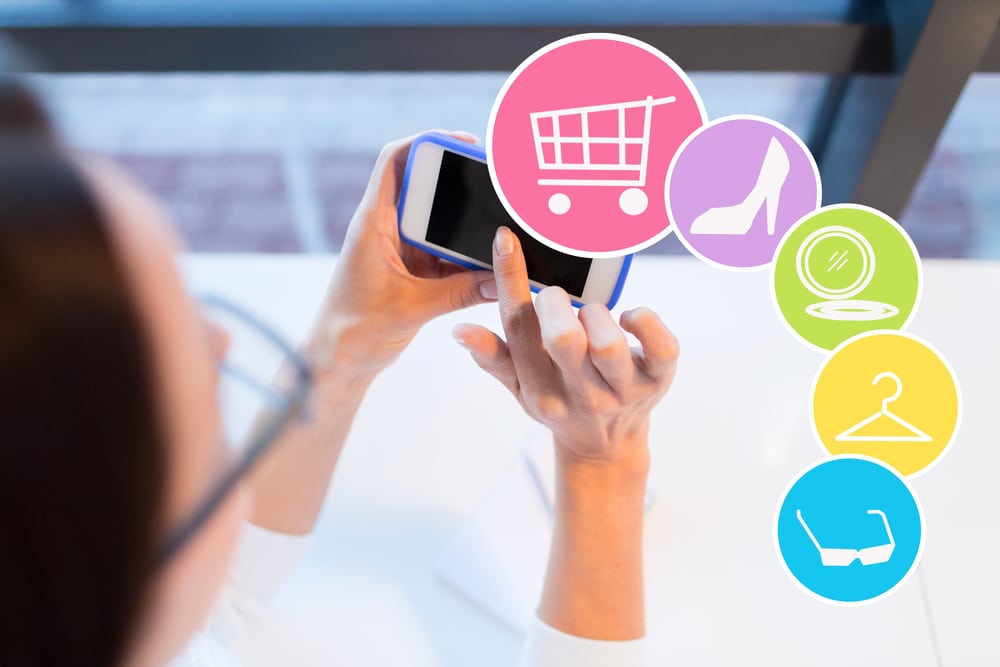
Consumers’ shopping behaviors are shifting to mobile apps for retail businesses—and brands need to follow suit. Continue reading “Leveraging consumers’ behaviors on mobile apps for retail business”

